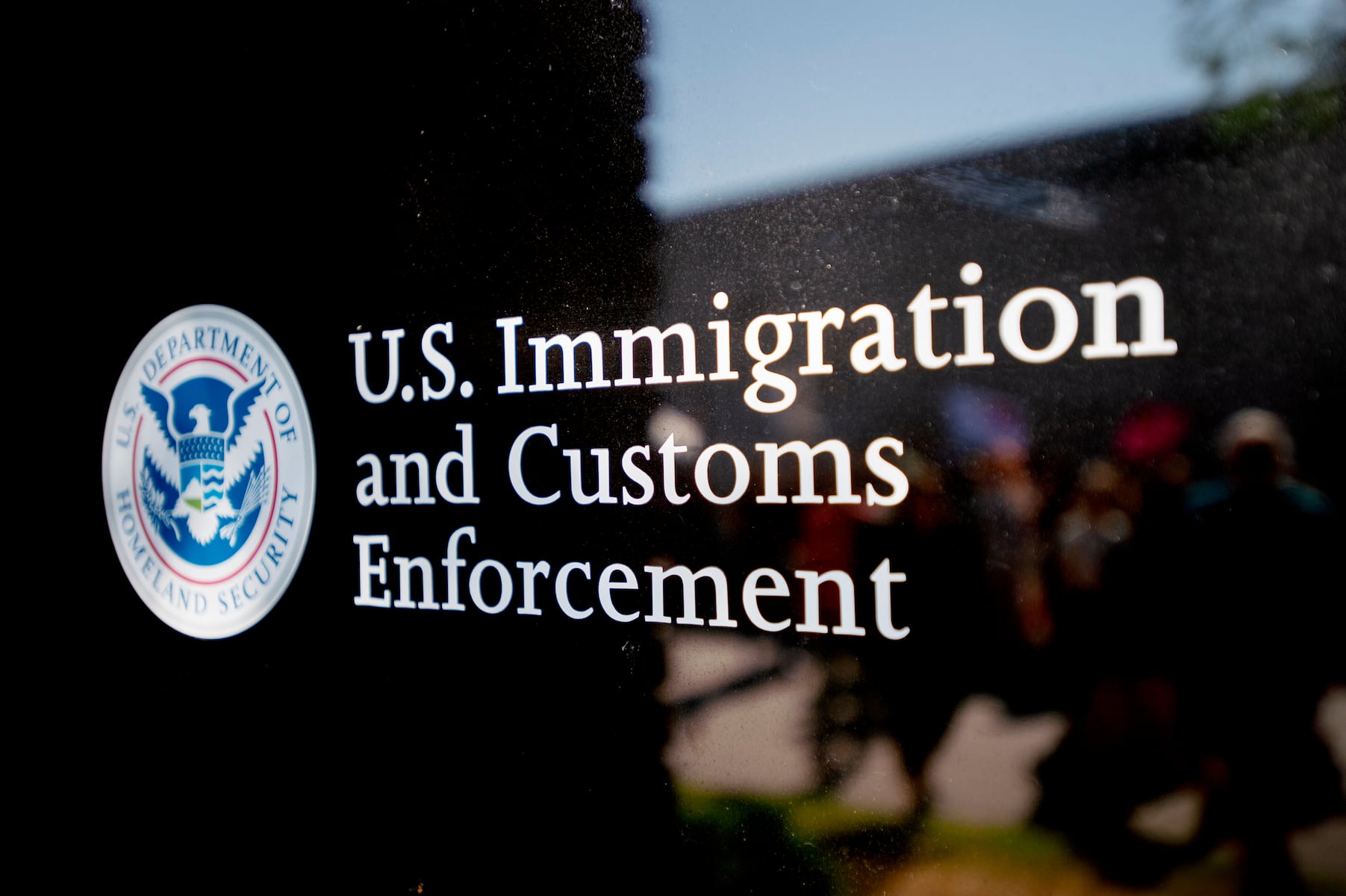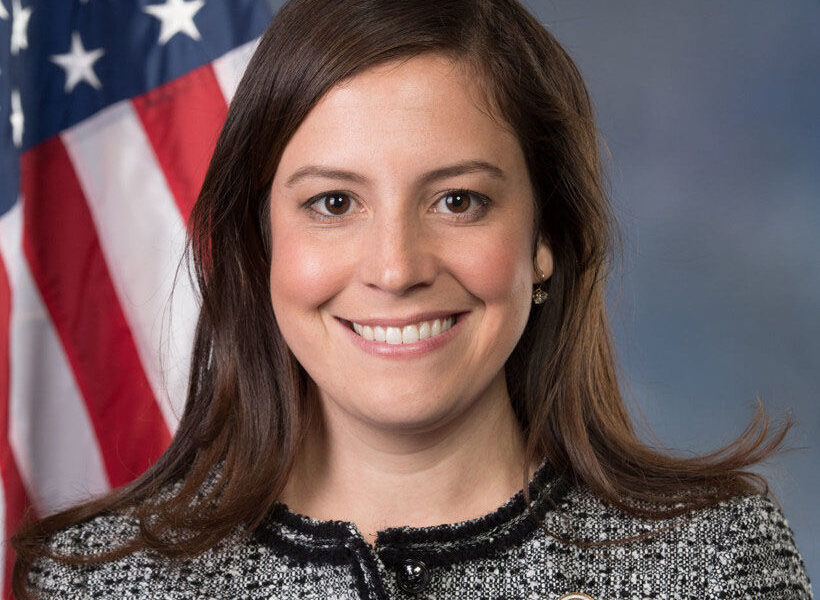Concerns are escalating in Washtenaw County, Michigan, as local officials prepare for the potential impact of increased Immigration and Customs Enforcement (ICE) activity. Following a crackdown that resulted in over 1,000 arrests in Chicago since early September, community leaders are taking proactive steps to manage local implications.
Local Leaders Respond to Rising Fear
Washtenaw County Sheriff Alyshia Dyer expressed her unease about the national administration’s stance on immigration enforcement. “If you would have asked me that four months ago, I might have said, ‘No, not a chance,’” she stated during a panel discussion hosted by the League of Women Voters on October 27. “But we have really looked internally on how we would handle that.”
The panel, which included advocates and legal experts, highlighted the troubling climate surrounding immigration enforcement. Although Dyer believes that larger cities like Detroit and Grand Rapids may face more targeted actions, the sheriff emphasized the need for readiness in the county.
Melanie Harner, a co-founder of the Washtenaw Interfaith Coalition for Immigrant Rights (WICIR), shared alarming personal accounts, stating she knows six individuals who were taken by ICE in the past month. Many were intercepted while commuting to work. “It’s bad,” she remarked. “It is really bad out there.”
Impact of ICE Operations on the Community
Tracking detentions poses significant challenges for advocates like Harner. Unlike criminal courts, immigration courts lack easily accessible records, complicating the follow-up process on detained individuals. “We don’t know what happens beyond that unless we’re in contact with their families,” she explained.
Lawyer Cesilie Cordovilla recounted a distressing incident involving clients who were approached by masked ICE agents while stopped at a traffic light. The couple, who had applied for asylum and held valid work permits, faced an unmarked vehicle and unidentified individuals. “Imagine that kind of fear, knowing that can happen to you anytime you go out,” she noted. “They signed deportation papers roughly two weeks ago, but still haven’t been deported.”
Local officials are observing a “chilling” effect on community engagement due to fears of ICE encounters. Andy LaBarre from the Washtenaw County Board of Commissioners reported that people may avoid seeking essential services, such as mental health and food assistance, out of concern for deportation. This hesitancy could lead to broader public health issues, including lower vaccination rates and increased pressure on already strained homelessness services.
“It’s been a sea change of fear and quietness that we’ve seen over the last nine months,” LaBarre remarked. Dyer concurred, expressing concern about ICE operatives not identifying themselves during enforcement actions. In one instance, someone stopped by ICE felt compelled to contact local emergency services to verify the agents’ legitimacy.
Efforts are underway to address these issues. In July, Democrats in the Michigan House of Representatives proposed legislation to prohibit law enforcement, including ICE, from concealing their identities during operations. “But people don’t know who’s who,” Dyer said, emphasizing the fear permeating the community and the resulting erosion of trust in law enforcement.
In summary, local leaders in Washtenaw County are grappling with the ramifications of intensified immigration enforcement. As the community faces rising fears and uncertainties, officials continue to advocate for transparency and protections for vulnerable populations. The need for informed dialogue and actionable solutions remains critical as the situation evolves.







